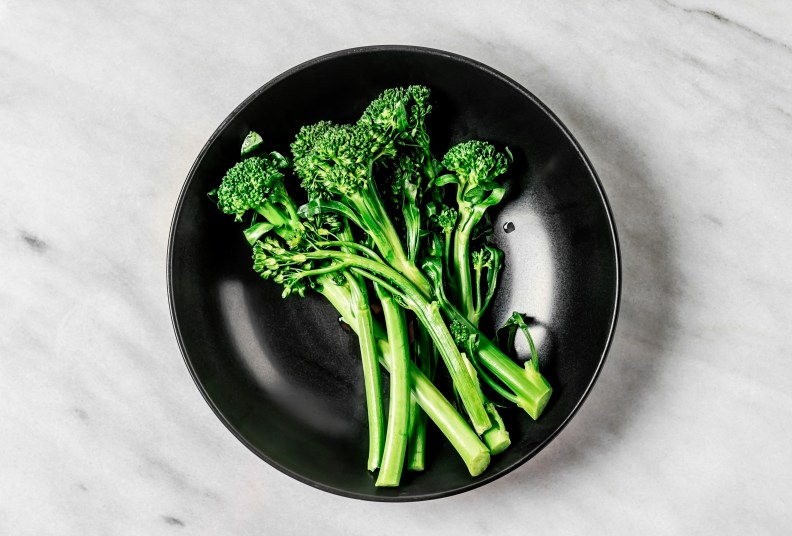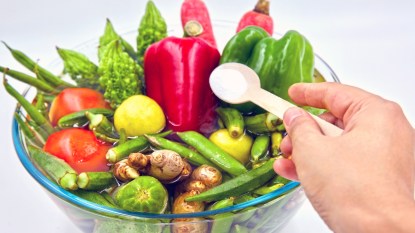How to Get Your Kids (or Anyone) to Like the Taste of Veggies, According to Science

If you’ve got a picky eater at home who just can’t stand the taste of broccoli, we feel for you. Whether it’s your spouse, your kid, or yourself, we know that we need to eat a variety of vegetables for optimal health, and aversions never make meal-planning any easier. But there’s good news — research suggests that there may be an easy solution for all the bitter vegetable haters out there.
As it turns out, gaining a liking for veggies might be as simple as eating them more often. A study out of the University of Buffalo, found that more exposure to bitter foods in rats changed the proteins in their saliva, which affect how harshly the bitter taste is perceived.
Some of the rats were genetically modified so that their bitter-tasting saliva proteins were activated (as to mimic exposure to bitter foods), while the other group were not. The researchers filled two bottles with water, one with a bitter tasting solution mixed into it. The results showed that group with activated saliva were more tolerant of the bitter water and receptive to drinking it compared with the other group. The research suggests that increased exposure to the bitter taste, which activates specific salivary proteins, could enhance receptivity to bitter tasting foods.
While this study was conducted on animals, it does offer insight into how our palates can adapt to different tastes. It’s true that our taste buds can change and evolve over time (don’t you remember hating coffee, wine, and of course vegetables, when you were younger?) — and other research supports this. Another 2010 study found that exposing a group of fourth and fifth grade children to vegetables over the course of 10 weeks significantly increased their liking of the foods. And the magic number of times kids had to try the food was just eight or nine — not as hard as you’d think!
Writing for Time, Andrew Zimern, culinary expert, journalist, and author, agrees that learning to like new food is all about exposure to them cooked in a variety of ways, perhaps inspired by other cultures. “Looking elsewhere for ways in which we might enjoy a food is, I think, a really, really important skill,” he says. “One of the most popular preparations for kale, for example, is the European model: Pick the kale younger, julienne it needle-thin, rub it with lemon juice and olive oil so it starts to break down, and toss it with some lemon juice, salt, and Parmesan cheese.”
While it may be easy to throw that same kale into a salad that not everyone will enjoy, the best plan of action seems to be serving your veggies often, but in different ways. Maybe after a few rounds of sautéed, steamed, and stir-fried, your resident picky eater will be converted!
More From FIRST
What Are Those ‘White Bumps’ On Your Face?
6 Easy to Follow Tips for a Healthier Brain
Eating 2 Spoons of This Food Every Day Could Ward Off Dementia













